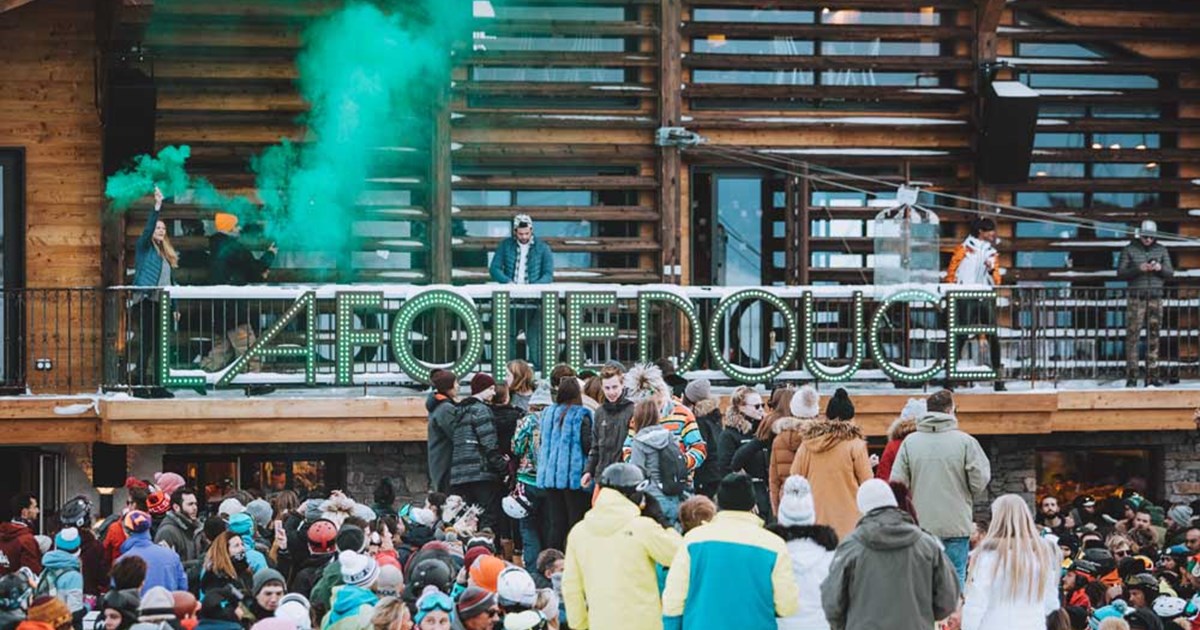Why the Portes Du Soleil keeps solo skiers coming back!
The solo ski experts at The Ski Gathering tell us what is attracting first-timers and veteran solos to Morzine, Avoriaz and Les Gets.
Across the board, solo travel has grown enormously in recent years, mirroring a general trend in ‘independent’ and socialising hobbies. Today, people use apps and websites to find flatmates, meet gym buddies, arrange car shares… and plan their solo-travel adventures.
This is particularly noticeable with ski holidays, where solo travellers are increasingly making their mark. Some solos prefer to ski alone, enjoying the total freedom of the mountain. But most see it as a social opportunity to meet other skiers or boarders and avoid paying the empty-bed supplement. For the latter group in particular, the Portes du Soleil has become a focal point in the solo travel revolution. Why is that?
It’s Perfect for Mixed-Ability Groups
It’s Day One of your solo ski holiday and you’re heading out with a group of people you’ve never skied with before. Head for the Les Gets Bowl - the perfect starting point for mixed-ability groups. Here, five lifts serve twelve interconnecting pistes of varying levels of difficulty. Perfect if you all want to try out different slopes but still meet for the lift ride back up or a swift vin chaud.
The speed demons can head straight for the steep Tulipe red run off the Ranfoilly lift; the less flamboyant can find their feet on the more slow-and-steady Reine des Pres.
Beginners won’t be left out
Resorts like Les Gets and Morzine are perfect for beginners. Friendly people, great ski schools, plenty of beginner slopes, and an easy(ish) descent back into resort. While you’re having lessons, the rest of the group probably won’t be too far away, so meeting up for a long social lunch is still on the cards.
Find time for yourself
One of the best things about solo travel is having the total freedom to do what you want, when you want. You can opt out of group activities and blaze your own trail any time you like. For an afternoon in your own company, intermediates and advanced skiers should head over to the back of Mont Chery in Les Gets. It’s so quiet over there, you can virtually have the mountain to yourself. Soak up the silence and get away from it all for the afternoon.
Looking for an adventure
Solo travel is all about creating unforgettable experiences, so set your alarm and have a crack at the Portes du Soleil ‘Loop’. A big day even for serious skiers, this will take you around the perimeter of this, the world’s largest ski area. Probably not one for snowboarders or inexperienced skiers, this is a demanding day’s exercise and you’ll probably need a guide who knows the way without consulting a pistemap. But those who finish the Loop will never forget the experience. Or stop bragging about it.
Have a guide show you the backcountry off-piste
If you’re traveling independently but are not joining a group of solo skiers, a week can be a long time to ski in splendid isolation. One way to break this up is to get lessons or a guide. The Portes du Soleil has vast off-piste skiing opportunities which are essentially off-limits without an experienced guide, so why not kill two birds with one stone? Explore the road less travelled while getting a bit of company for a day.
Discover hidden treasures
If you’re skiing with other solos, you will probably soon forget that you ever travelled out on your own: we often say that solo travel holidays are for groups of friends who haven’t met yet. A great way to cement this kind of dynamic is to discover new things together, and the Portes du Soleil has plenty of hidden treasures for you to seek out. One example is ‘Les Lindarets’, better known as The Goat Village. Named after the many goats which fill the village in summer, this magical location could scarcely be more picturesque and is the perfect spot for a lunchtime stop-off. It’s a skier’s heaven.
Those looking for an equivalent hell might head for the Swiss Wall. Only to be attempted by the most experienced mogul skiers, this near-vertical drop marks the entry point into Switzerland. Ski or snowboard down it, or watch in admiration from the chairlift to meet up at the bottom. You’ll need a head for heights either way.
So, if your group can’t make it this year, or your friends just won’t even try skiing this winter, there’s really no excuse for staying home.
 If you’ve ever skied before I challenge you to take a long hard look at the picture above, and tell me all that fresh powdery snow doesn’t make your heart beat faster with excitement.
If you’ve ever skied before I challenge you to take a long hard look at the picture above, and tell me all that fresh powdery snow doesn’t make your heart beat faster with excitement.




